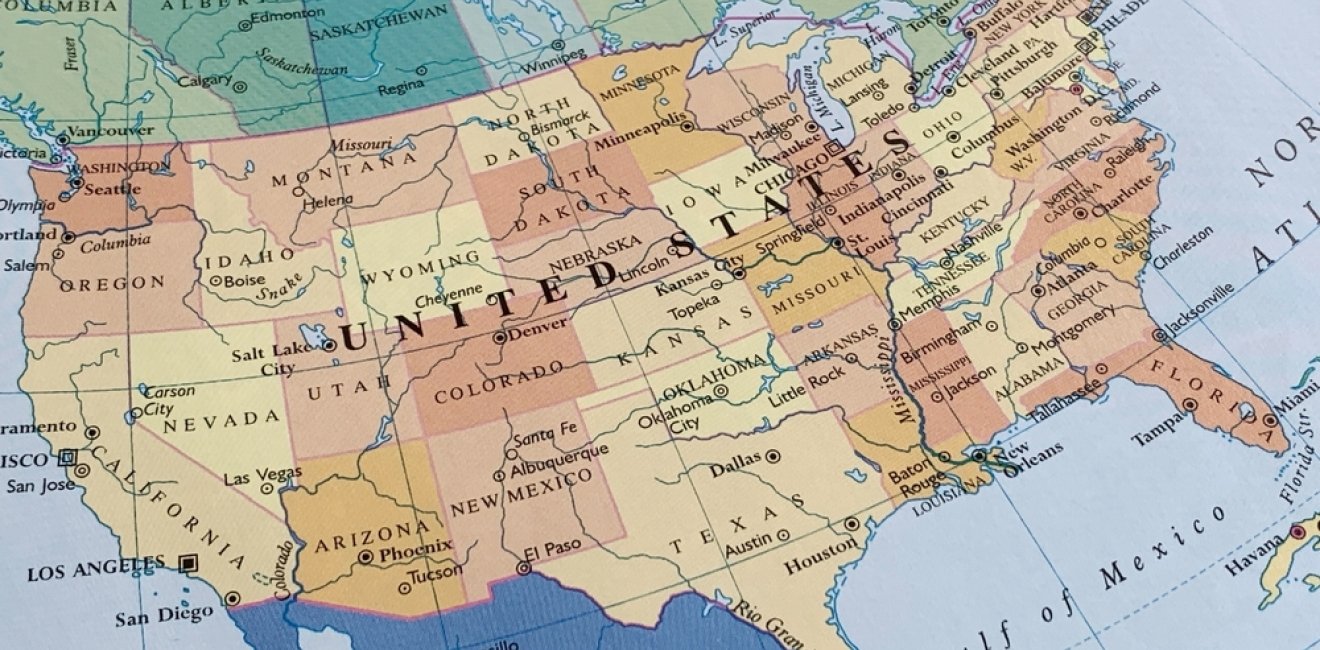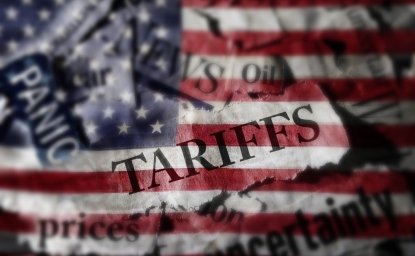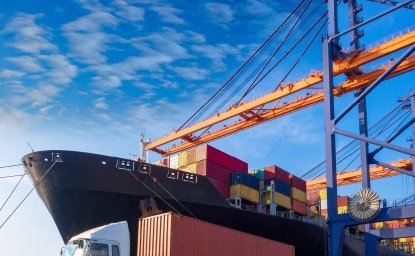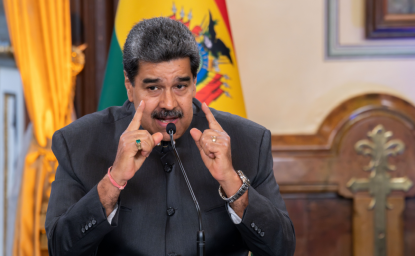It is difficult to exaggerate the initial impact of the North American Free Trade Agreement (NAFTA) on trade policy worldwide. NAFTA predated the World Trade Organization (WTO), greatly influenced the conclusion of the Uruguay Round, served as a catalyst for dynamism in APEC, and also for competitive opening among Latin American countries. However, this impulse failed to crystallize in a Hemispheric wide integration process due to Brazil’s opposition (betting on the success of a Mercosur it could control), and to the political rejection of NAFTA in the US Congress.
History could have been very different if, instead of spending scant political capital on the failed construction of the Free Trade Area of the Americas (FTAA) in the mid-nineties, Canada, Mexico and the US had worked on the accession to NAFTA of Chile and, at that time, even Argentina.
The conditions now are different and lend themselves to evaluate whether considering accession to USMCA might be the right course for promoting trade opening under this new model.
During the recent North American Leaders Summit (NALS) in Mexico City, Mexican president Andrés Manuel López Obrador proposed the establishment of a Hemispheric integration project based on the model of the European Union in order to better compete with China. However, this vision has low probability of coming to fruition as European institutions respond to not only economic, but also political and monetary integration alien to what can be aspired to in the Americas for historical, cultural and economic reasons.
Rather, the question is whether the USMCA model is worth promoting in a competitive trade liberalization manner by first inviting key countries in the Americas to join, and then potentially expanding membership to most countries in the region, and even beyond.
Given today’s political acceptance of USMCA in Canada, Mexico and the US, (where both major political parties have endorsed it), accession to the agreement might be the more expedient way to reengage - influencing international trade around the world and showing a commitment to free trade. In the absence of US participation in the transpacific Comprehensive and Progressive Agreement for Transpacific Partnership (CPTPP), and the difficulties in establishing an ambitious agenda in WTO, the expansion of USMCA represents the better vehicle for the promotion of state-of-the-art trade and investment disciplines, updated for the digital economy, with robust protection for labor and environmental concerns and a dispute resolution mechanism that actually works. The potential expansion of USMCA would also foster better trade policy in Asia, including in CPTPP, the US-led Indo-Pacific Economic Framework for Prosperity (IPEF), and even at WTO.
In this context, the three USMCA member countries could begin by evaluating the costs and benefits of a possible expansion and then developing a short list of potential candidates. Ex ante, two appear appealing: Costa Rica and Uruguay. Both are successful economies with a vocation for trade opening. Moreover, Costa Rica, that has already expressed interest in joining, and would be a strong candidate to represent Central America while Uruguay has successfully maintained stability and a relatively open economy in a tough neighborhood. Both are good candidates to serve as catalysts for the promotion of state-of-the-art trade disciplines in their respective regions. At the same time, they have proven comparative advantages that ensure they can competitively meet the challenge of joining USMCA.
These successful accessions would pave the way for future expansion of USMCA in the Hemisphere and maybe, one day, beyond.
A true economic integration from Canada to Tierra del Fuego requires countries in the Americas first to see each other as markets and then as partners to jointly produce and sell, not only in the region, but globally. Today, intrahemispheric trade volumes are low, with the exception of North America, and countries tend to see each other only as competitors in international markets. A sequential expansion of USMCA might serve as a lynchpin to show the significant benefits that can be derived from deeper integration in the Americas.
The upcoming six-year review of the USMCA in 2026 could be used not only as a tool to assess how the agreement has been doing, but as a template for evaluating areas and sectors where opening can be deepened and exploring the pros and cons of further expansion through incorporation of new members.
For example, Canada and Mexico could propose, in the context of the review, that an exception to the Jones Act be granted for USMCA member states so that a more competitive regional maritime fleet can be developed, particularly with a view to fostering trade in the Gulf of Mexico which would contribute to the development of the poorer states of Mexico’s south and eventually of Central America. In addition, Mexico and the US could consider changing the bylaws of the North American Development Bank (NADBank) to first invite Canada to become a member and then to broaden its mandate to permit the funding of border transportation infrastructure projects between Canada and the US, the US and Mexico, and Mexico and Central America to facilitate licit trade flows and improve border enforcement. Moreover, the review could also serve to evaluate broadening cumulation of origin for countries in the Hemisphere with which the three countries have trade agreements. This origin cumulation would serve as a prelude for eventual accession to the USMCA itself.[1]
In the past, North American countries made the mistake of thinking that they could leave the NAFTA on automatic pilot; placing the very survival of the integration process at stake on more than one occasion. The best way for the governments to serve USMCA, in addition to making sure it works properly and respecting the rulings issued under the dispute settlement mechanism, is to envision its deepening in terms of coverage and its expansion in terms of membership. Although this was not discussed at the recent NALS, it is crucial to evaluate some of these ideas in advance of 2026 - which will come sooner than most realize.
The joint North American celebration of the soccer World Cup in 2026, where hopefully the three national teams will be competitive, represents another opportunity for the region to become a beacon for engaging with other countries, so that the most successful economic integration in the world shows, by inviting others to join, that deep integration is compatible with open regionalism and a true commitment to free trade.
[1] A similar argument has been made by by Karina Fernandez-Stark and Penny Bamber in their chapter on North America and Global Value Chains in North America 2.0: Forging A Continental Future.






